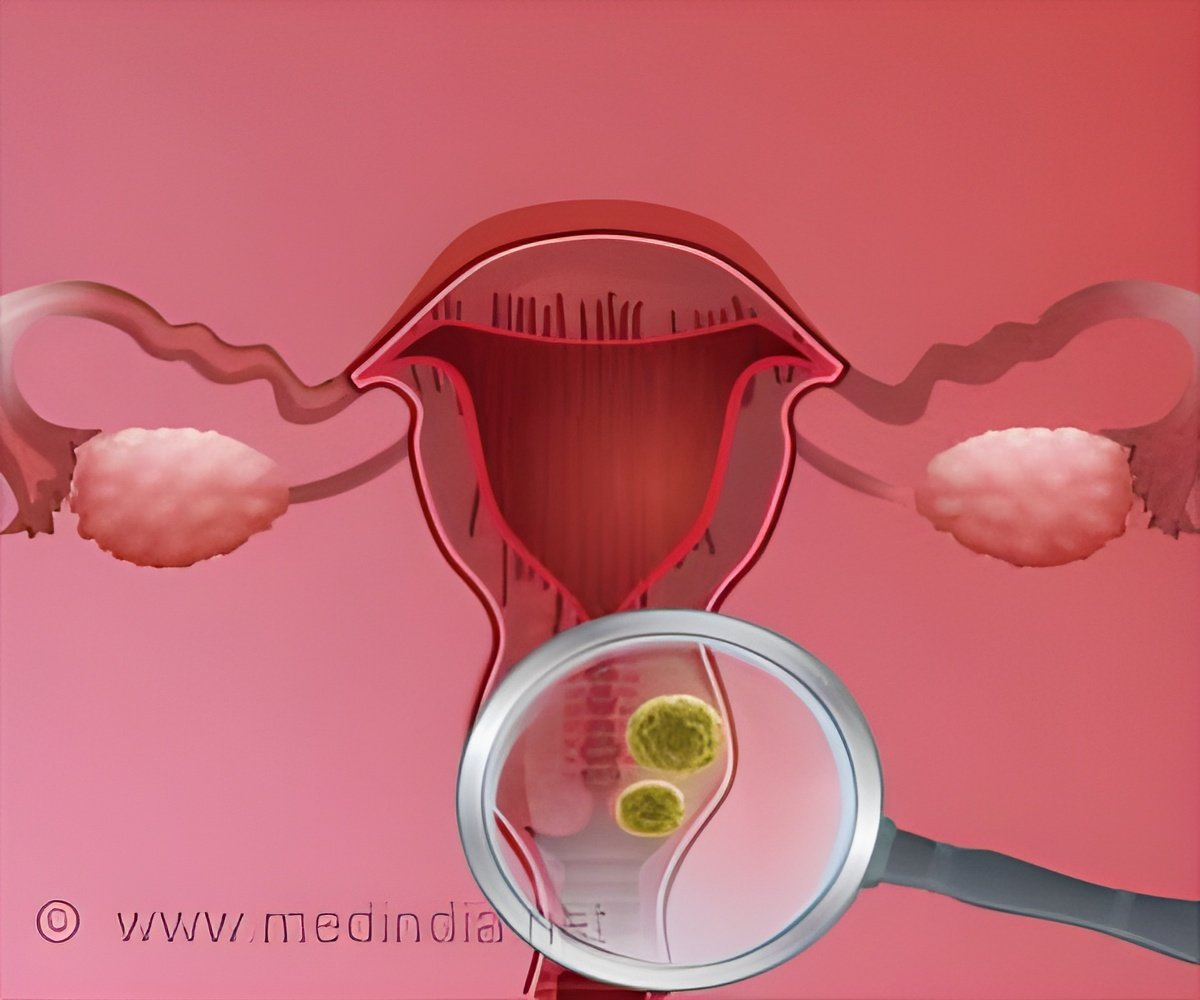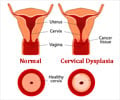
‘Automated cervical screening is feasible and can improve cervical screening coverage in underserved regions.’
Tweet it Now
The main goal of cervical screening is to detect potentially premalignant conditions, which can be treated to prevent cervical cancer. Cervical screening programs include two procedures: screening of the general population and the separation of screen-positive women to focus treatment on potentially premalignant conditions. For the general screening phase, HPV testing for the carcinogenic types of HPV is gradually replacing cytology (Pap testing), because HPV testing is more sensitive for detection of precancer malignancies. It is also more reproducible and adaptable to increasingly HPV-vaccinated populations.
The leading treatment strategy in higher-resource regions combines partial HPV typing (to identify the highest-risk types) and Pap tests (used in this case as a second test among HPV-positive women). Conventional Pap tests, which are currently combined with HPV testing in most US screening programs to determine which women should receive treatment, is labor-intensive.
Use of computer-interpreted Pap tests for triage would permit the automation of the whole screening process.
Here researchers report the design and evaluation of such a fully automatable cervical screening strategy to determine whether an automated algorithm could separate and prioritize HPV-positive women for treatment as accurately as conventionally interpreted Pap tests.
Advertisement
The severity rank is designed to identify the most innocuous slides in a batch, to reduce and/or guide treatment decisions.
Advertisement
Among HPV-positive women, the algorithm matched the triage performance of abnormal Pap test results. Combined with HPV testing, the automated approach referred 91.7% of HPV-positive cases to immediate treatment while deferring 38.4% of HPV-positive women to one-year retesting (compared with 89.1% and 37.4%, respectively, for typing and Pap test triage).
In the 2016-2017 validation, the predicted risk scores strongly correlated with Pap test results.
The results of this study showed that a computer algorithm matches or exceeds Pap test performance, suggesting that totally automated cervical screening without Pap tests is feasible and can improve cervical screening coverage in underserved regions.
The study was published by Oxford University Press.
Source-Eurekalert















